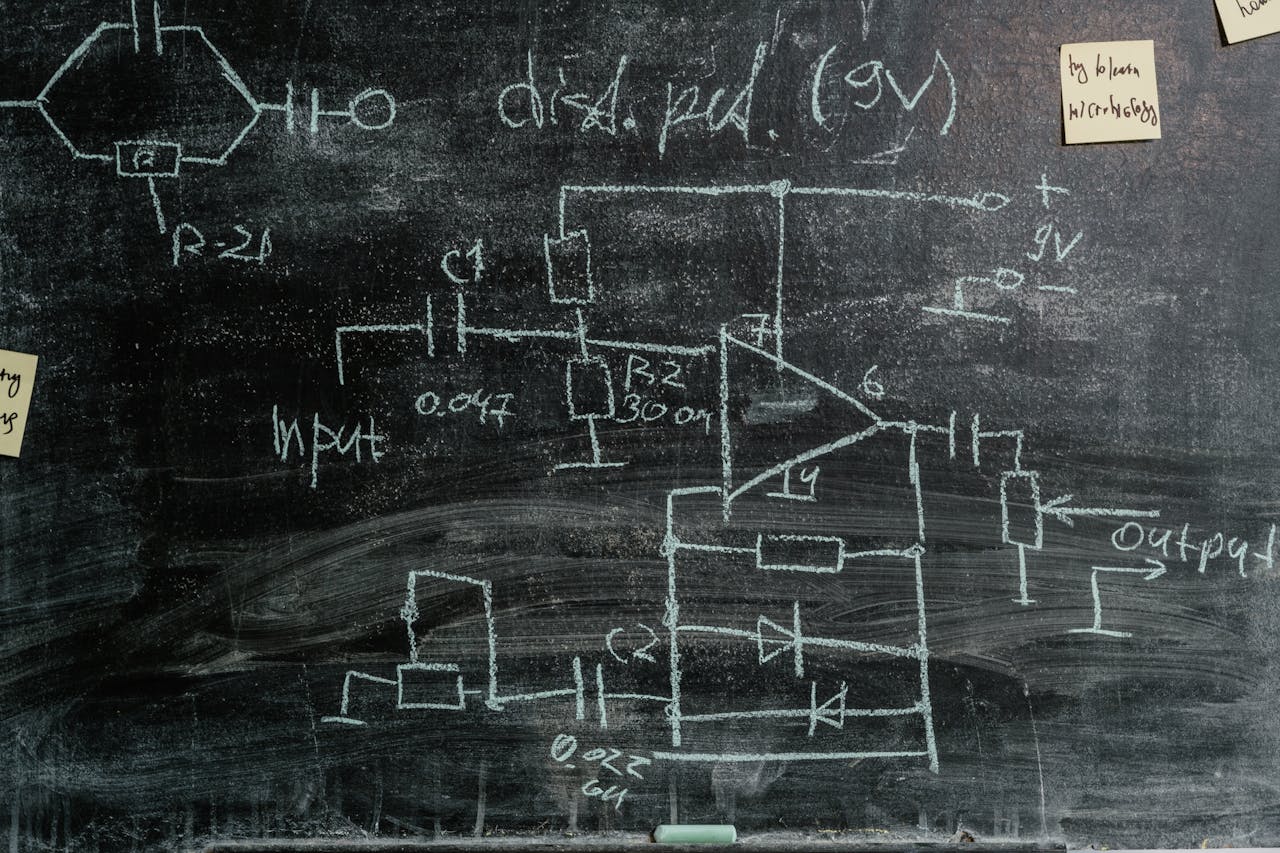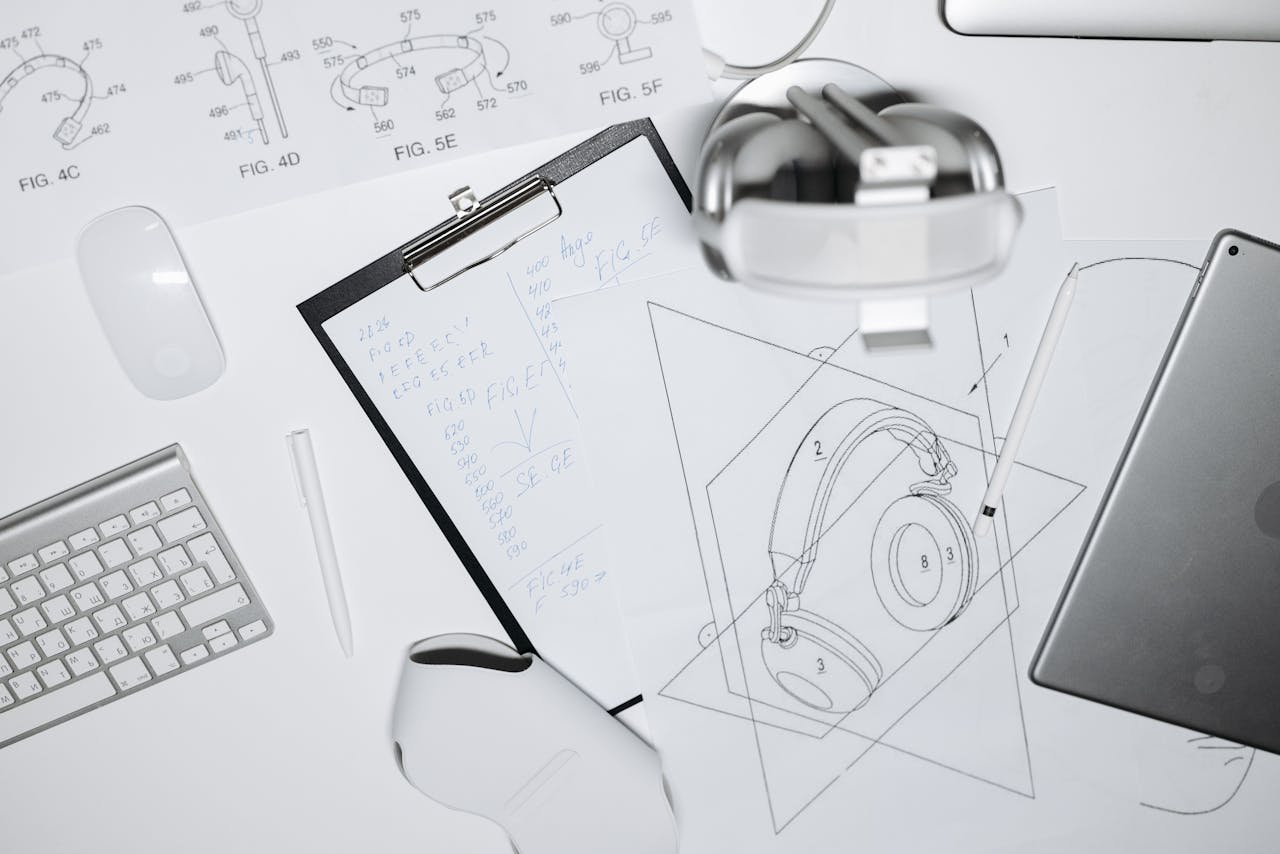The Role of Shading in Patent Drawings
Effective shading is pivotal in adding depth, dimension, and realism to patent drawings. It helps to differentiate between various components of the invention, allowing viewers to quickly grasp complex mechanisms.
1. Enhancing Visual Clarity
Shading techniques can redraw the lines of perception in patent drawings. With the right shading, elements of the design can be highlighted, making it easier for a viewer to discern key features. For example, utilizing gradient shading to illustrate curvature can effectively convey the functionality of components that are rounded or tapered.
2. Creating a Sense of Realism and Texture
Shading adds a tactile quality to drawings that flat lines cannot achieve. By using techniques like cross-hatching or stippling, the designer can illustrate different textures, such as the smoothness of a metal surface or the roughness of a fabric. This realism helps potential investors or examiners visualize the end product more effectively.
3. Guide the Viewer’s Eye
Strategic shading serves another purpose: guiding the viewer’s focus. By darkening certain areas while leaving others faded or lighter, the designer can direct attention to particular elements of the drawing that require emphasis. This intentional highlighting makes it easier for patent examiners and others to understand the most critical aspects of the invention at a glance.
Strategic View Selections
Equally important in the art of design presentation are view selections. Different views (e.g., front, top, side) can dramatically change how the invention is perceived.
1. Comprehensive Understanding
Selecting the appropriate views is essential for conveying a complete understanding of the invention. Multiple angles can reveal complex mechanisms and interactions that may not be evident from a single perspective. For instance, showing an invention from both a side view and a bird’s eye view can help highlight spatial relationships between various parts.
2. Highlighting Unique Features
Some features may only be apparent or more pronounced when viewed from specific angles. By thoughtfully selecting views, patent drawing experts can ensure that unique or innovative aspects of the invention are adequately highlighted, making the case for its patentability stronger.
3. Conformance to Guidelines
While showcasing artistic skills, designers must remember to adhere to patent office guidelines regarding the number and type of views. Keeping to regulations ensures a smoother examination process and avoids unnecessary delays.



